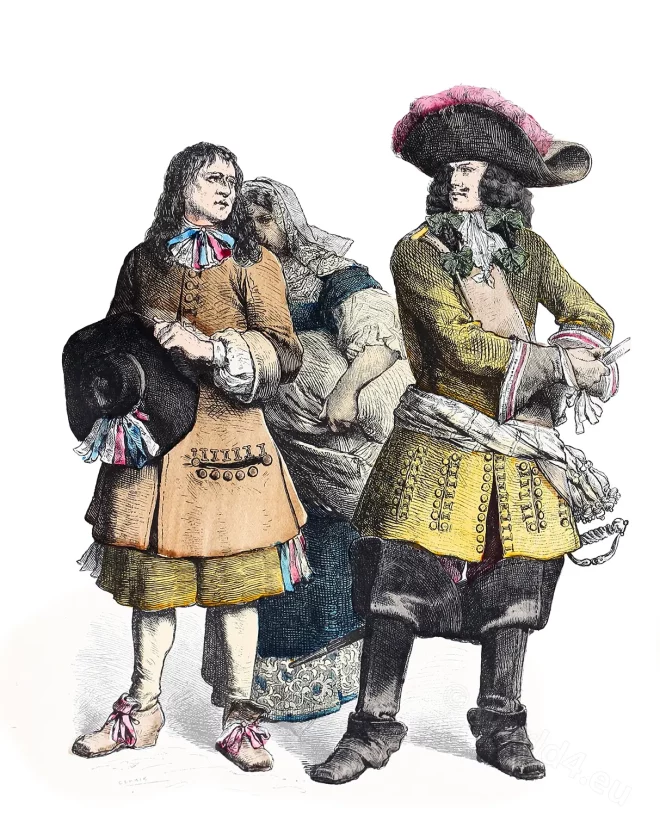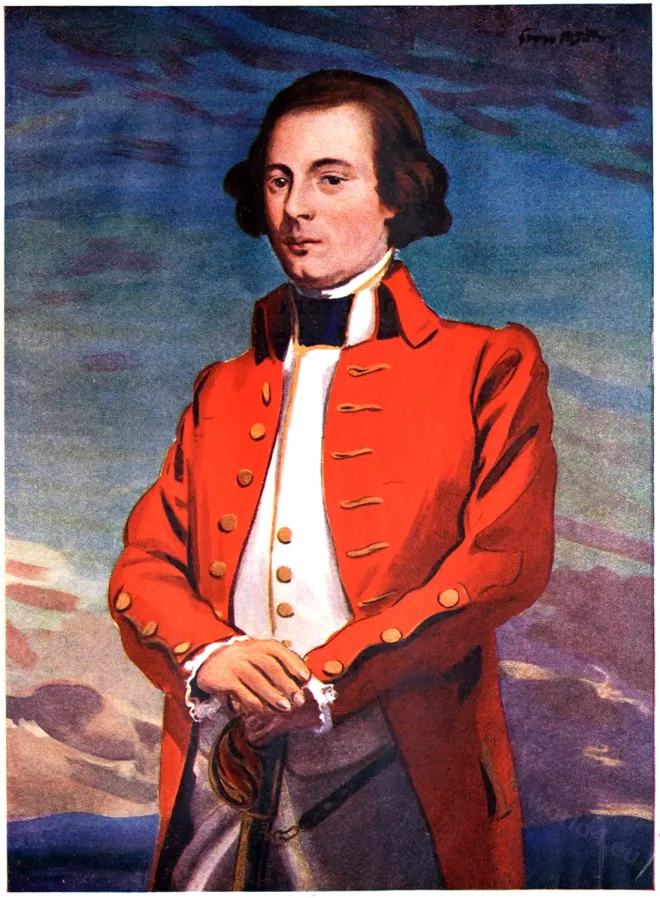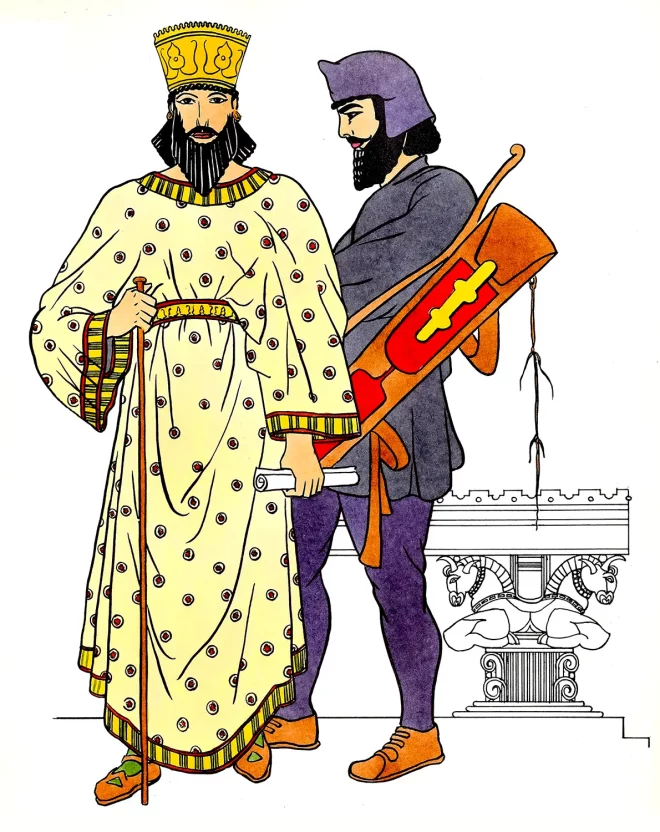The sword of Japan may be called a key to the study of the history, folklore, and customs of the country.
Category: Military
France. Peasants. Gendarme on horseback c.1680.
Last third of the XVIIth century. Reign of King Louis XIV (1643-1715).
Norman knight (Varangian) in chain mail. 11th century.
Varangian reconstructed from the embroideries of the Bayeux Tapestry and contemporaneous original weapons.
Bavarian Army Uniforms. Ulan, Hussar, Chevauleger around 1815.
Bavarian Military. Ulan, Common. National Chevauleger. Regiment Prince Charles. Hussar, 2nd Regiment.
Bavarian Military. Uhlan, Garde du Corps, Cuirassier, Trumpeter.
Bavarian military uniforms at the time of the Napoleonic Wars (Coalition Wars)
Bavaria. Infantry Regiment. Grenadier Guards. Chevauleger.
Bavarian military uniforms at the time of the Napoleonic Wars (Coalition Wars).
Bavarian Military Uniforms 1812-1825
Bavarian military uniforms at the time of the Napoleonic Wars (Coalition Wars)
James Wolfe and the capture of Quebec City.
James Wolfe (1727-1759) was a British general, significant for his role in Britain’s conquest of Canada.
Costume of an ancient Persian king and his archer.
Costume history of the ancient world. Persian king and his archer.
View of the Tomb of Andrzej Kosciusko at West Point.
Kosciuszko was a Polish military engineer. Between 1776 and 1783, he fought on the American side in the American War of Independence.










